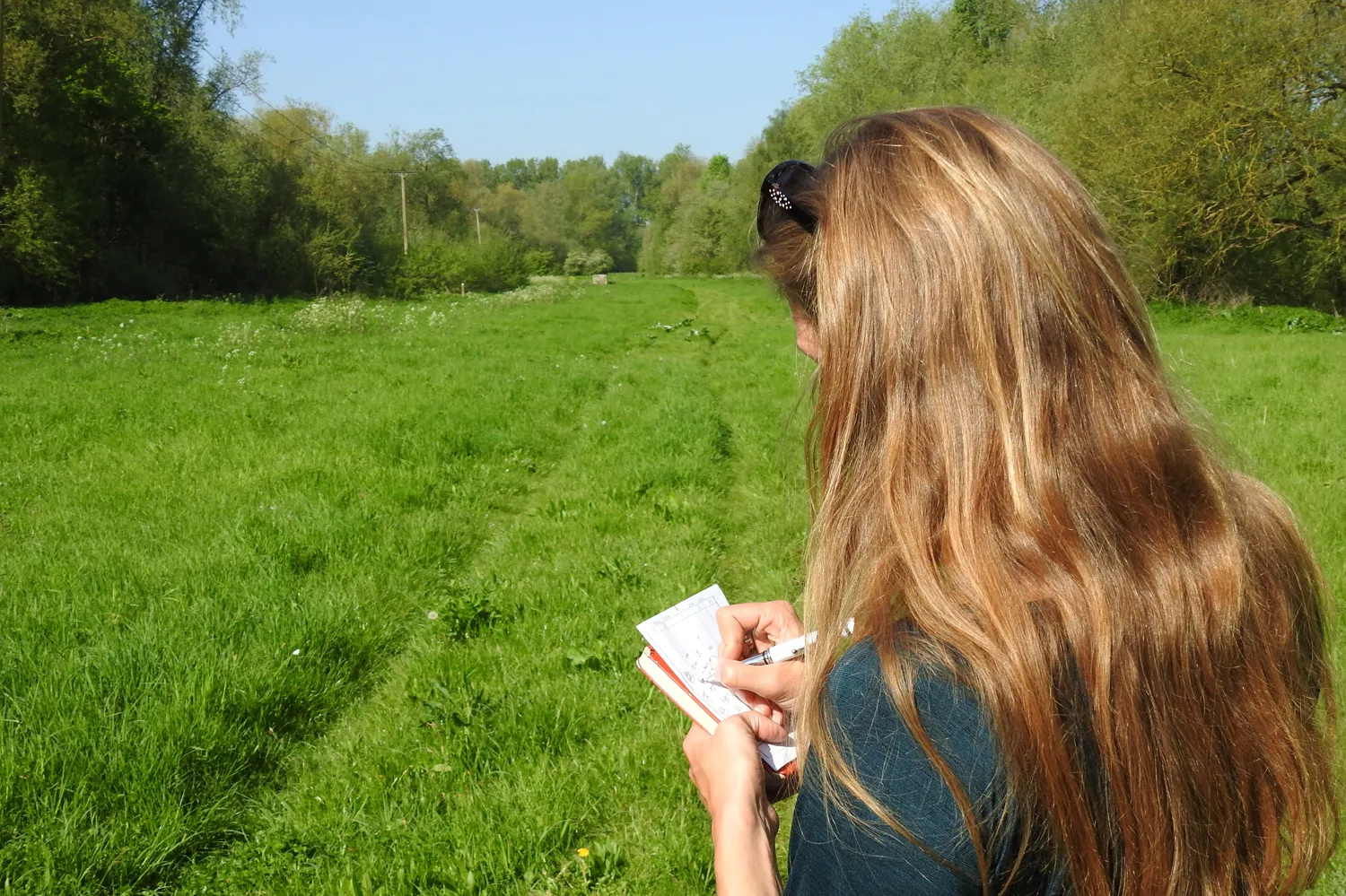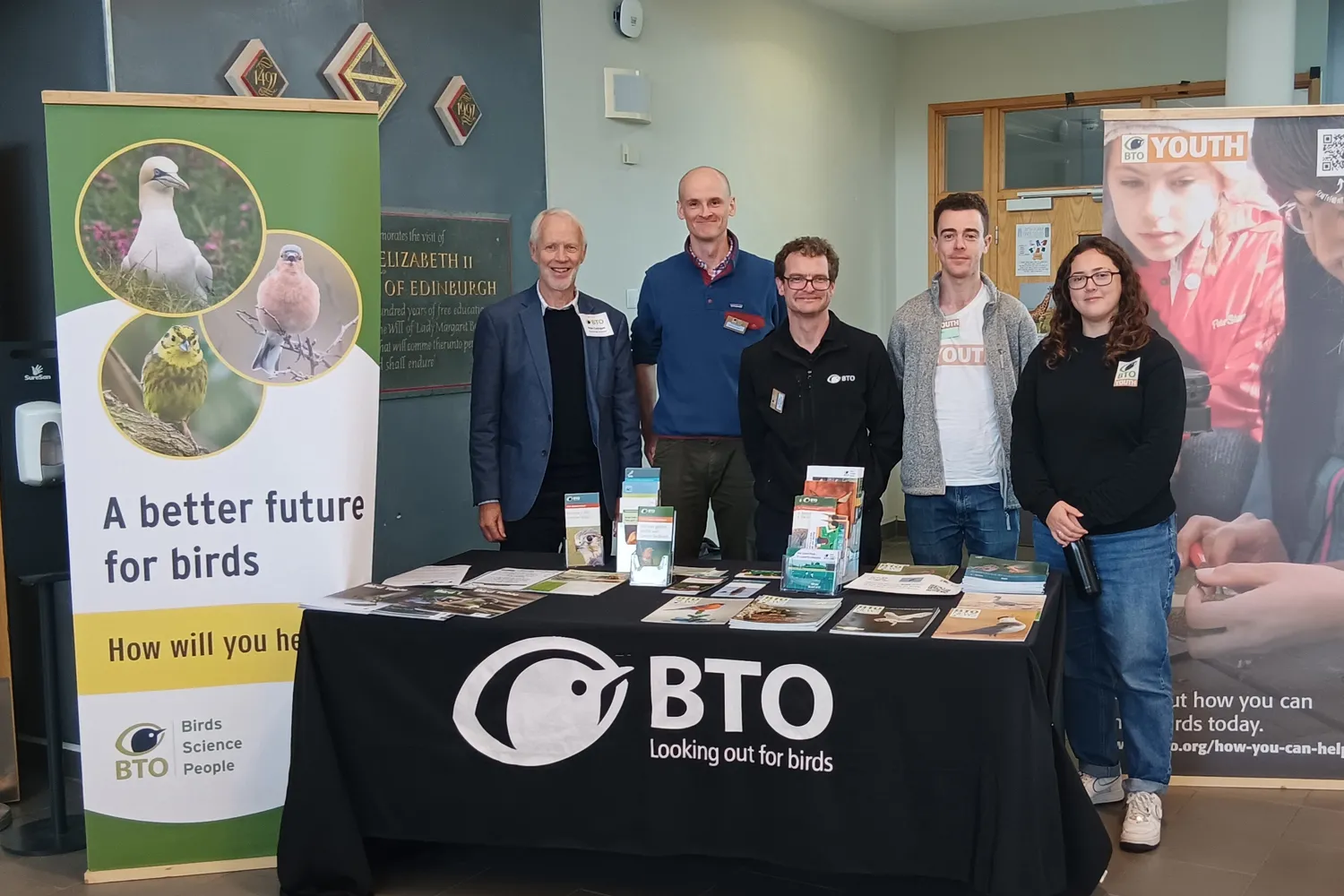BTO’s strategy is intrinsically linked to making a net-positive impact on the environment and people, and sustainability underpins how we work. All new staff receive a sustainability induction, and we collate and report on a suite of measures through our annual sustainability report.
Our approach is shaped by our Sustainability Policy and our efforts to understand the ways in which our activities – from how we work in our offices to the impacts of our volunteer-led surveys – can be delivered more sustainably.
Each year, our Sustainability Report documents on progress towards our sustainability goals.
Sustainability Report 2023-24 (PDF, 3.6 MB)
Estimating the carbon footprint of citizen science
Understanding the impacts of climate change relies on an evidence base generated by the thousands of volunteers who participate in biodiversity monitoring. However, survey participation often carries its own carbon footprint, especially where participants travel to and from survey sites by car. Whilst it is essential that we have accurate information about how wildlife is faring in this changing world, we also need to be mindful of any side effects of our scientific activities. A key step is to estimate the emissions produced during biodiversity monitoring.
Simon Gillings and Sarah Harris estimated the distance travelled by volunteers taking part in the BTO/JNCC/RSPB Breeding Bird Survey and used a questionnaire to discover the modes of transport used. Over 280,000 km were covered by these journeys, and around 92% of this distance involved private vehicles. Overall, the equivalent of at least 47 tonnes of carbon dioxide was emitted during travel for this critical survey. To put that into context, these emissions are equivalent to the total annual emissions of about four UK adults, or 15 return plane tickets from London, UK to Perth, Australia.

